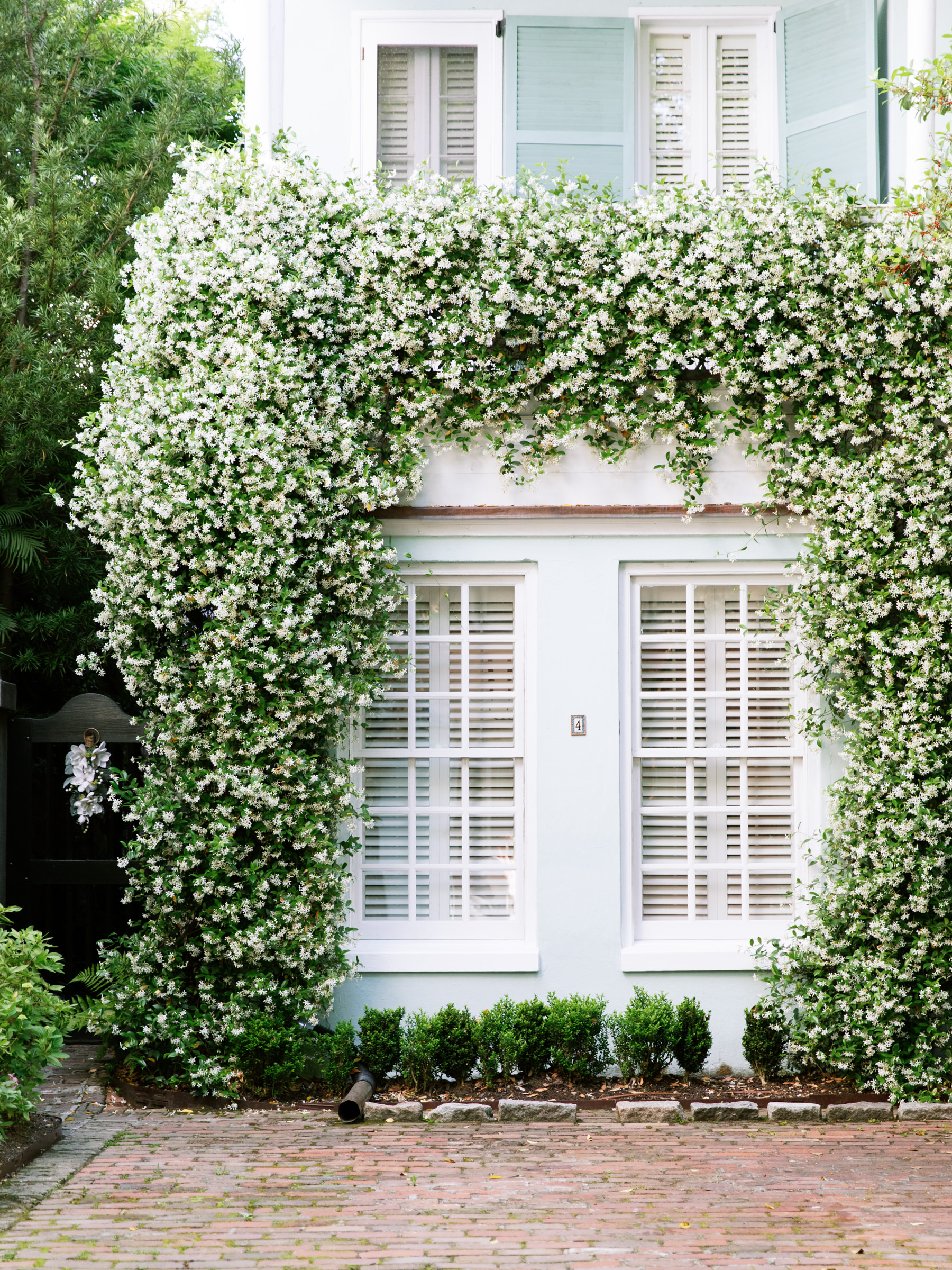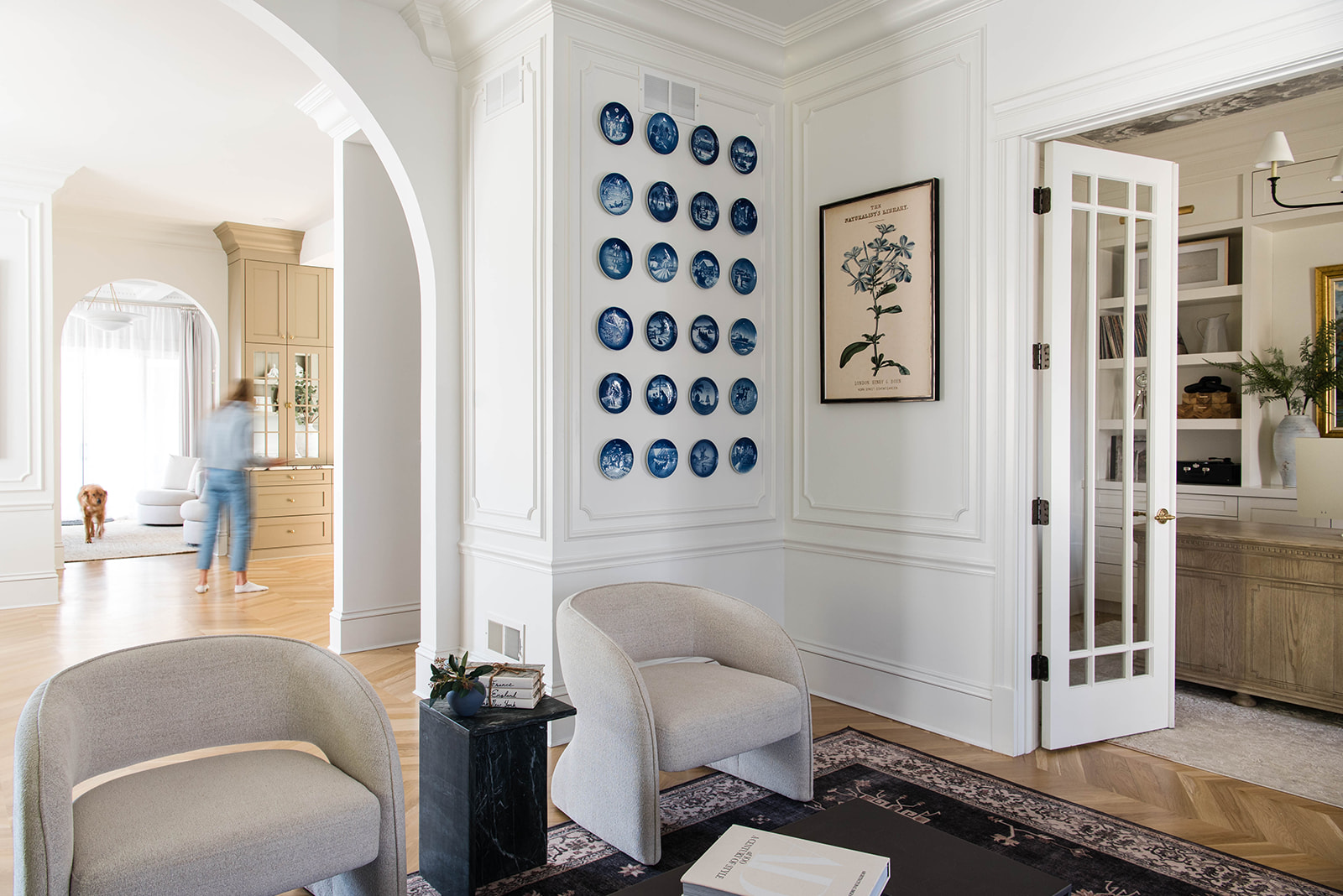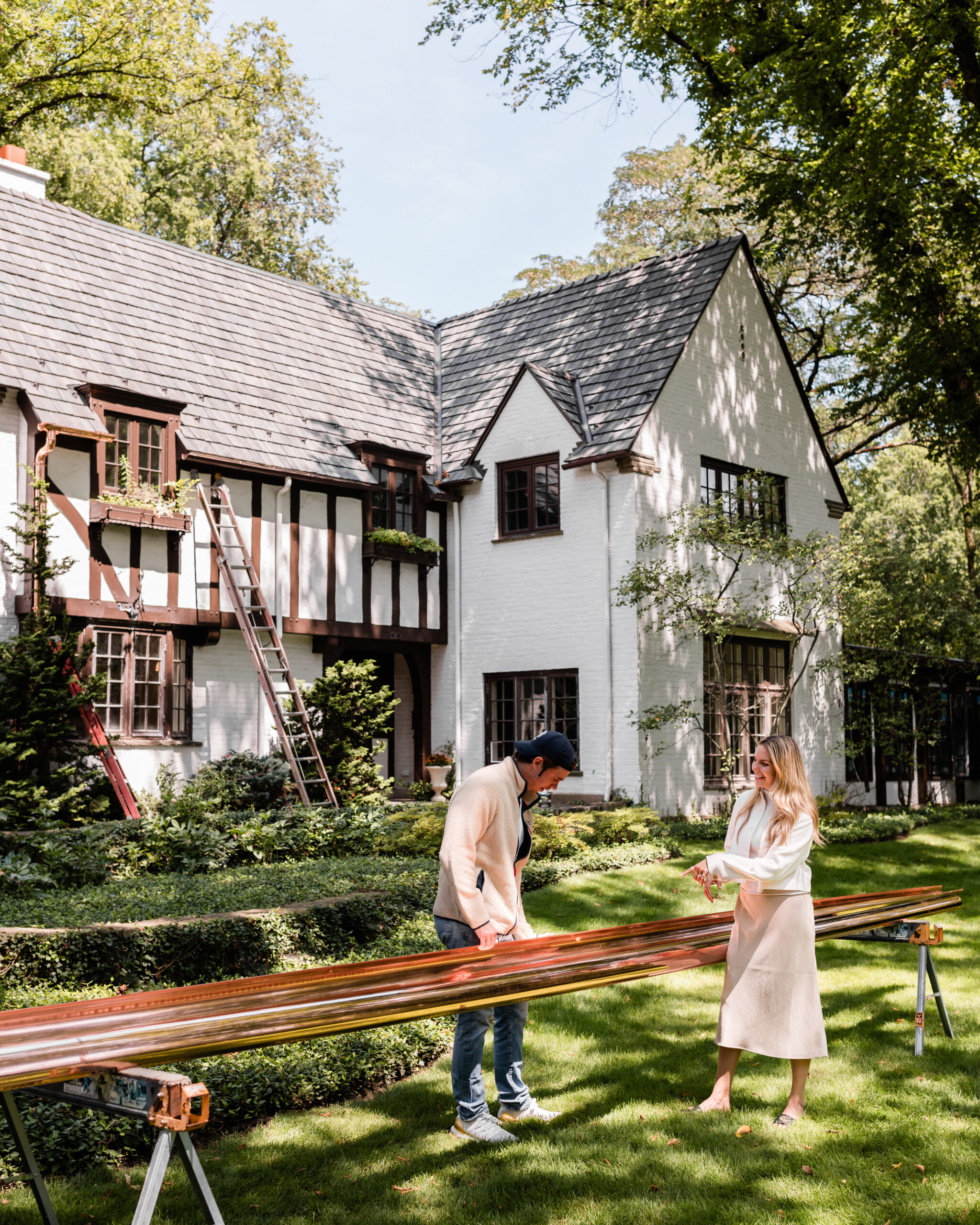
A few years ago, I walked into a new client’s home, a two-story colonial in a great neighborhood, with great bones… and a kitchen straight out of 2004. Think cherry cabinets, speckled granite, orange stained floors, and brushed nickel hardware trying its best to hold the decade together.
“I know it’s dated,” she said with a sigh. “But a full reno isn’t in the budget. What can I do?”
What followed was a masterclass in smart spending, how to update with intention, not impulse. Because here’s the truth: renovating your home isn’t just about having a vision, it’s about knowing where your money actually matters.
This guide breaks down how to spend strategically, not just aesthetically, plus the clever swaps that can make a major difference without blowing your budget.
How Much Should You Spend—And Where?
A good general rule: aim to invest 10–20% of your home’s value on total renovations if you plan to stay long-term. But how you allocate that percentage is what determines whether your updates feel timeless, or temporary.
Here’s a smart breakdown of where your renovation dollars can go:
Kitchen – 25–30% of Your Renovation Budget
The kitchen sells the house, and makes a huge visual impact.
Where to spend:
- Quality cabinetry (or door replacements!)
- Countertops (stone or quartz = long-term value)
- Updated lighting
- Smart layout tweaks
Where to save:
- Keep the footprint; rework cabinets or paint instead of replacing
- Mix high/low finishes: splurge on a quartz counter, but go for budget-friendly backsplash tile
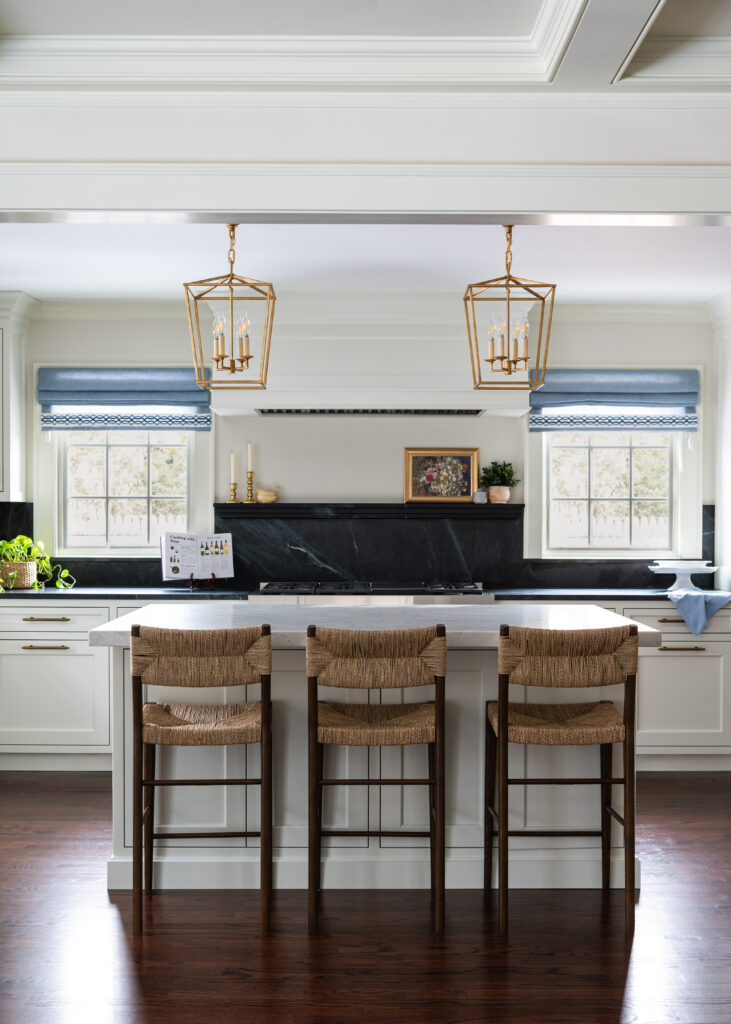
Smart Swap:
If your home has original early-2000s cabinets, contact the manufacturer (many are still in business) and ask if they offer door-only replacements. Change the doors, swap hardware, and repaint the boxes, you’ll save thousands.
Windows – 10-15%
Windows are big-ticket, but they’re also a big value-add, both for comfort and resale.
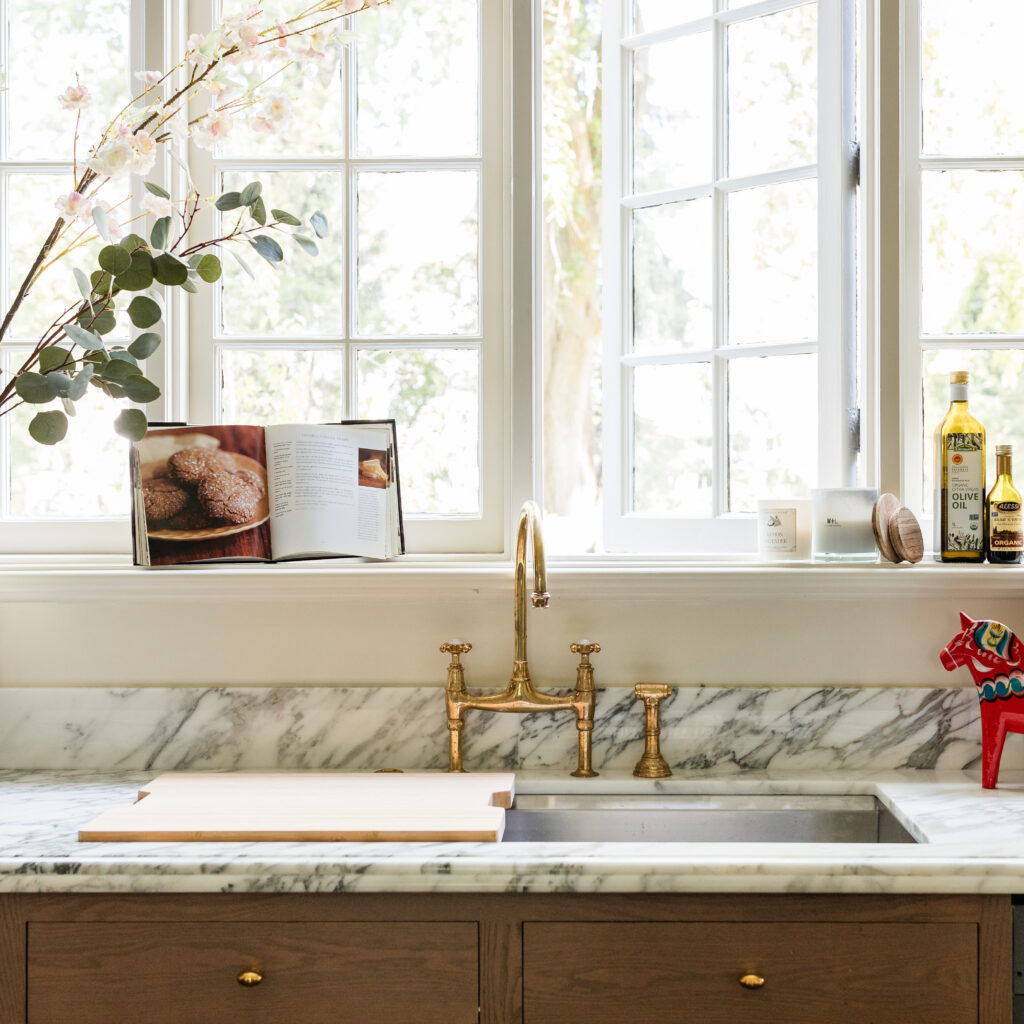
Where to spend:
- On the front-facing windows that impact curb appeal
- On energy-efficient options (lower your utility bills long-term)
Where to save:
- Use off-the-shelf options for less prominent areas
- Don’t replace unless truly necessary—re-caulking and painting can go a long way
Bathrooms – 10–15%
Bathrooms don’t need to be massive to feel luxe.
Where to spend:
- Tile (floors and shower walls)
- Plumbing fixtures (faucets, valves, showerheads)
- Vanity with storage
Where to save:
- Keep plumbing in place—moving water lines = $$$
- Paint or refinish a tub instead of replacing it
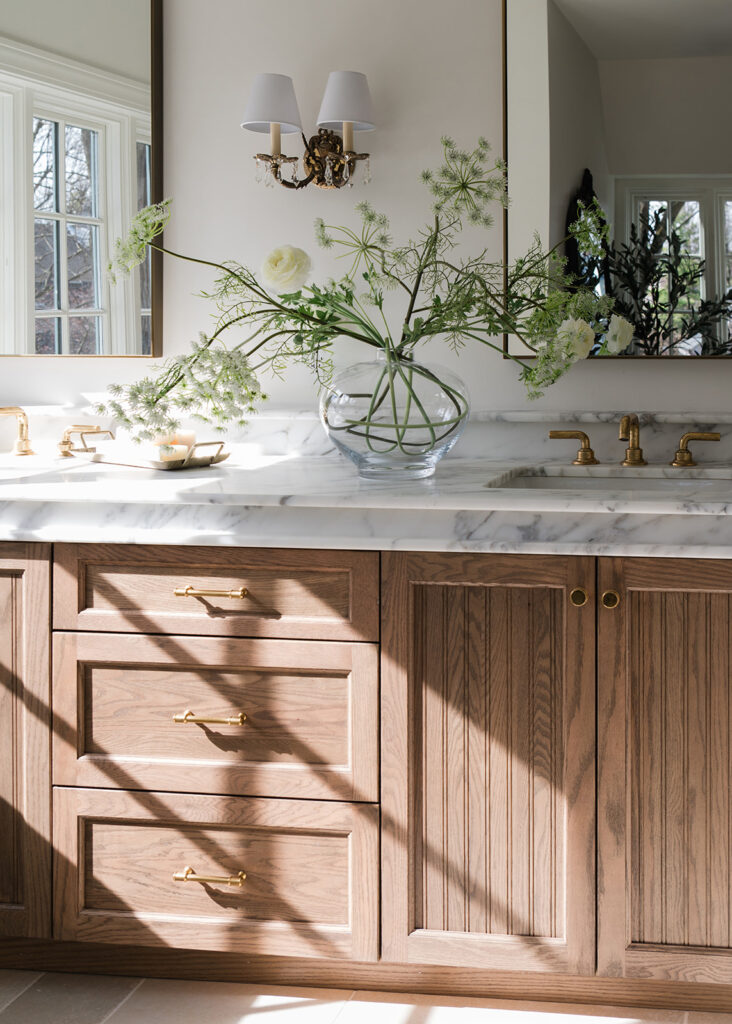
Smart Swap:
Skip the designer vanity and buy a beautiful freestanding dresser or console. Retrofit it with a sink and you have a custom piece for a fraction of the cost.
Living Spaces – 5–10%
These spaces are where furniture and layout carry the most weight.
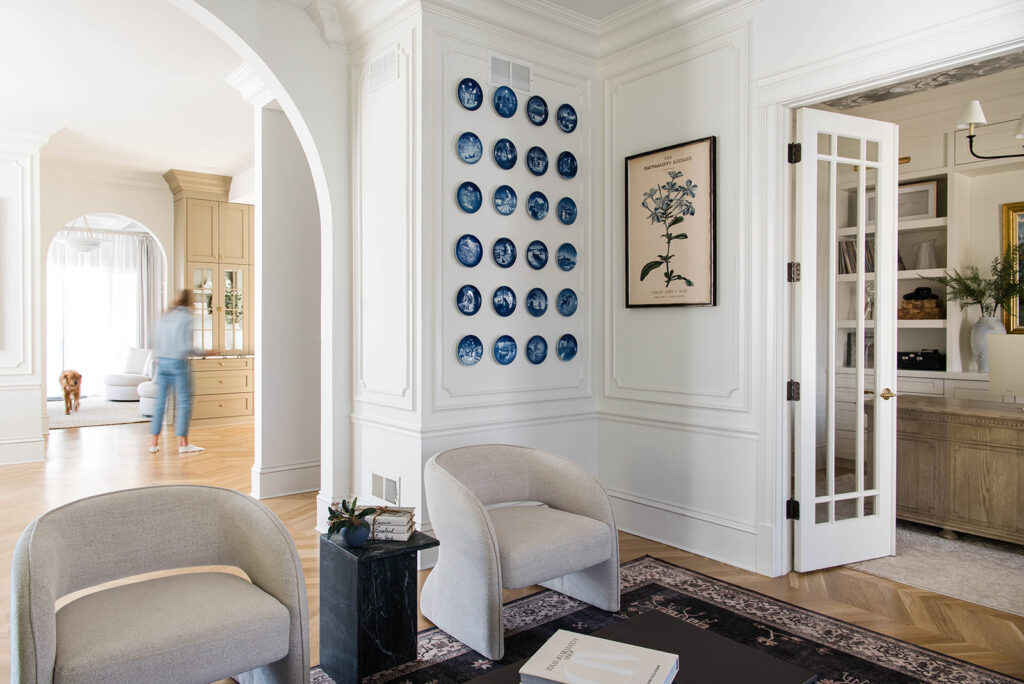
Where to spend:
- Lighting (statement pendants, recessed upgrades)
- Paint and plaster finishes
- Flooring (especially refinishing existing wood)
Where to save:
- Use large-scale rugs to break up dated floors
- Reconfigure furniture instead of building new walls
Doors, Trim & Hardware – 5–10%
It’s amazing what new finishes can do.
Where to spend:
- Front door (it sets the tone)
- Interior hardware that’s visibly outdated
Smart Swap:
If your home has builder-grade hollow core doors, swap just the main living area doors for solid-core or panel styles. Then paint and add fresh knobs, small change, big vibe shift.
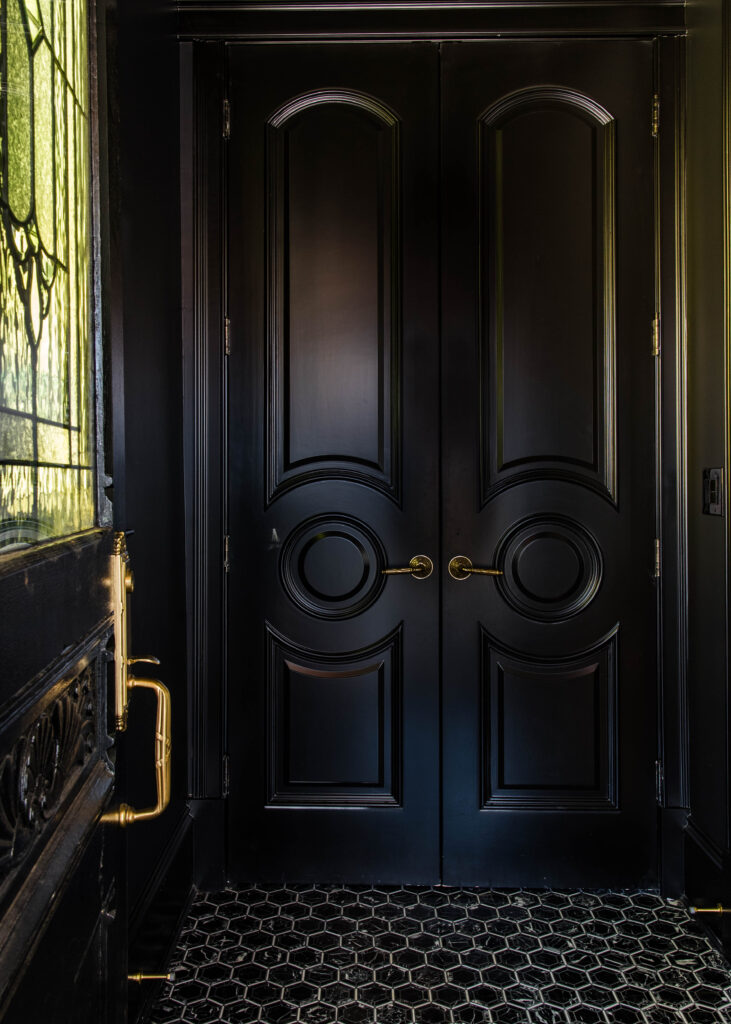
Design-Forward Thinking: More Swaps That Save
Here are a few other clever trade-offs that clients love:
| Instead of this… | Try this… |
| Full cabinet replacement | Door swap + paint + new hardware |
| Custom built-ins | IKEA bases + custom doors |
| Replacing floors | Professionally refinishing or restaining |
| New tile fireplace | Paint the surround and add a new mantle |
| Entire kitchen gut | Keep layout, swap surfaces + hardware |
Final Thoughts: Think in Layers, Not Just Numbers
Renovation doesn’t have to mean demolition. It can be a series of smart, layered upgrades, each one chosen with care and confidence.
When that client and I finished her kitchen refresh, she didn’t say “Wow, this looks expensive.”
She said, “It looks like me.”
And that’s the real goal: making your house feel like home, without spending like you just bought a second one.
+ view the comments
